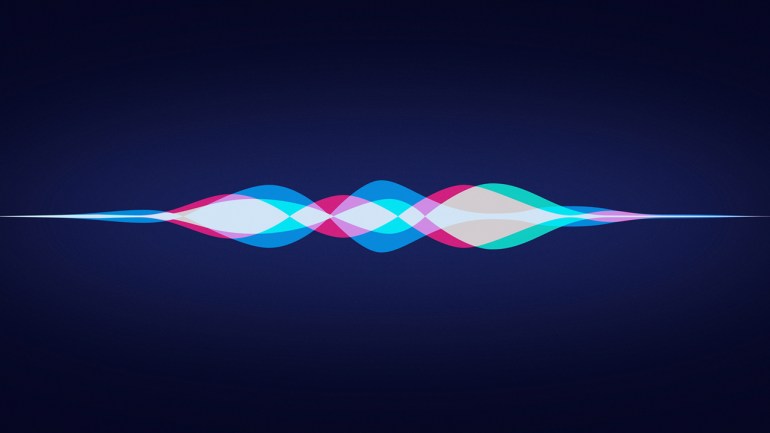Siri is the leader in the virtual assistant world with a 35% market share
Futuresource market research states that Siri is the world’s leading virtual assistant with a 35% share of the global market .
Given that Apple’s Siri is shipped by default in virtually every Apple device sold these days, Siri’s proliferation is not really a surprise. What is perhaps more surprising is that in second place we find Cortana from Microsoft , with a market share of 22% . This, of course, thanks to Windows 10.
Google Assistant and Amazon Alexa hold 9% and 4% of market shares respectively. The report states:
Among the main assistance platforms, SiriApple currently holds a 35% share globally, proof of the continued success of the iPhone and the new AirPods Pro. Google Assistant and Amazon Alexa hold a market share of 9% and 4% respectively %, due in part to shipments through their line products. Microsoft withdrew Cortana from the Xbox, however, its dominance over Windows 10 PCs ensures that its virtual assistant holds a 22% market share worldwide. Microsoft is changing strategy to make Cortana more corporate, with closer integration into Office 365 and its suite of productivity tools. In China, Baidu’s DuerOS recorded the strongest growth, increasing by 6% on an annual basis with an overall market share of 15% in 2019.
The report notes that while some products now include support for multiple assistants, many sellers have been surprisingly reluctant to cooperate. In perspective, he believes that the Voice Interoperability Initiative, a program created to offer customers the choice through multiple and interoperable voice services, will change this.
The research also praised the progress in speech synthesis, in particular the move to neutral Text-To-Speech and even Amazon that delights with emotions in Alexa. It is interesting to note that, beyond superficial and more natural virtual assistants, consumers’ expectations about their abilities actually increase, leading to greater involvement.
Overall, virtual assistant shipments (most of which will simply follow device shipments for companies like Apple) increased 25% year-on-year to 1.1 billion in 2019. The market is expected to exceed 2 , 5 billion by 2023.



Recent Comments